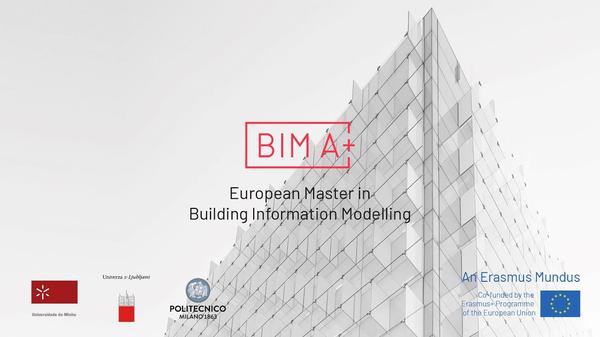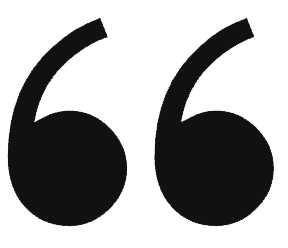


A young, energetic, and skilled engineer specialized in building information modelling with a strong background in analysis and design of engineering structures.
Haris, belonging from a beautiful valley of Jammu and Kashmir, began his journey in Islamabad, where he pursued civil and structural engineering. Intrigued by BIM, he transitioned to become a Structural BIM Engineer at DesignEco. With a master's degree in Building Information Modeling, Haris developed expertise in BIM tools and joined the esteemed DS Gruppen that later became a part of Goldbeck. Now residing in Milano, he leverages his skills in structural design and BIM to excel in the field of engineering and construction.

"Haris's modeling of our steel structure using Tekla was exemplary. As the team lead, I was impressed by Haris's expertise, attention to detail, and ability to meet project deadlines. The detailed and accurate Tekla models provided by Haris greatly contributed to the project's success. I highly recommend Haris for steel structure modeling projects. It was a pleasure collaborating with Haris, and I look forward to future opportunities."
Marko Staresinic - Team Leader, DS Gruppen - Part of Goldbeck




